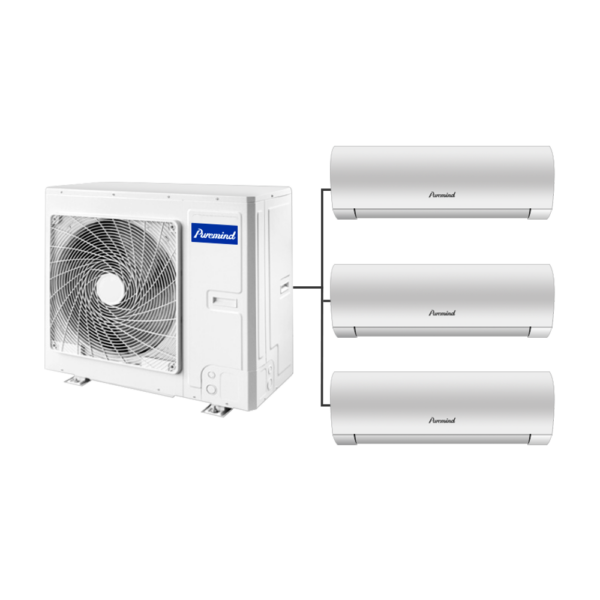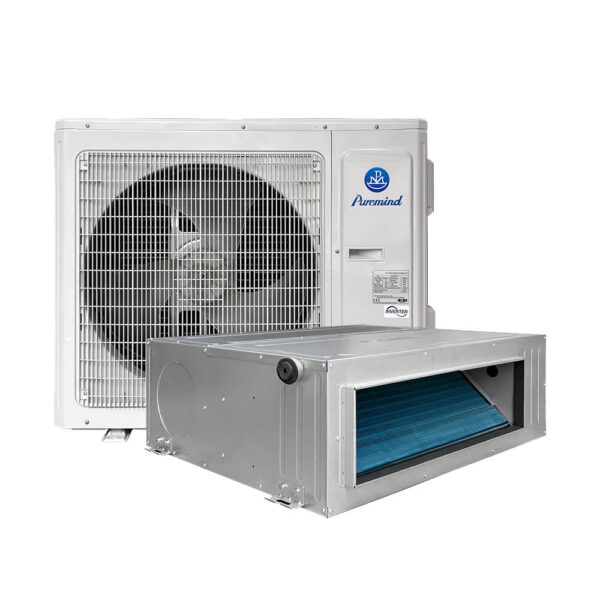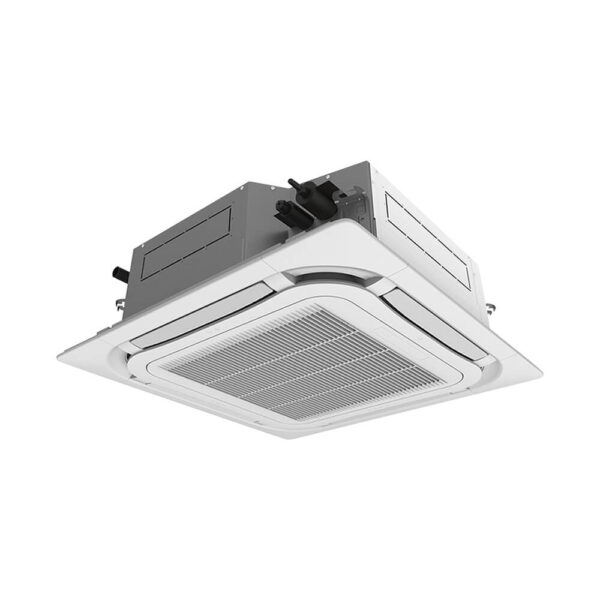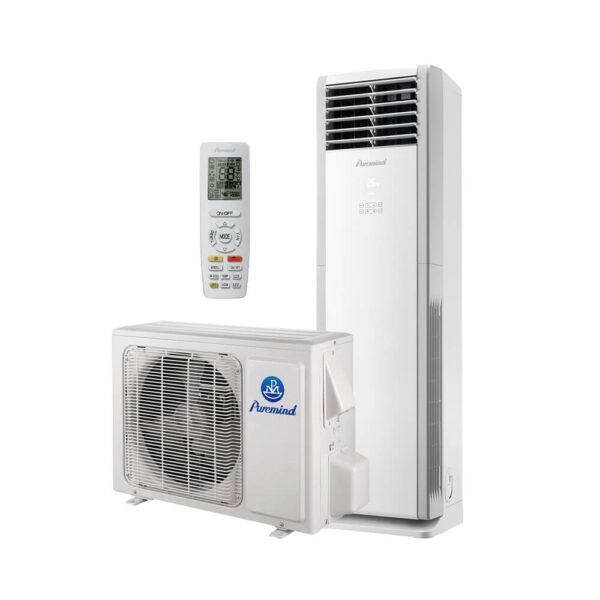Air Cold Supply: A Complete Guide for Wholesalers, Suppliers, and Distributors
The demand for efficient climate control in commercial and industrial settings has made air cold supply a cornerstone of modern infrastructure. For wholesalers, suppliers, and distributors, providing dependable cooling systems is about more than equipment delivery—it is about reliability, compliance, and long-term value. This guide explains what large-scale cooling distribution means, why it matters, and how businesses in this supply chain can succeed.
What Is Air Cold Supply?
Air cold supply refers to the large-scale sourcing and distribution of cooling equipment designed for enterprises, including split systems, chillers, rooftop units, and ventilation systems. Unlike residential HVAC, commercial cooling requires higher capacity, strict compliance with energy codes, and integration with complex building operations. Distributors in this space support contractors and engineers by ensuring product availability, competitive pricing, and technical expertise.
Why It Matters for Wholesalers and Distributors
For wholesalers, commercial cooling distribution is more than inventory management. It involves strategic planning, compliance monitoring, and long-term partnerships with contractors. Without a strong network, delays in project timelines or non-compliance with regulations can result in major financial and reputational costs.
Key Benefits
- Reliability: Contractors depend on timely deliveries to keep construction on schedule.
- Efficiency: Streamlined logistics reduce downtime and increase client satisfaction.
- Scalability: A well-structured distribution model allows expansion into new regions.
- Market Credibility: Providing certified, energy-efficient products strengthens reputation.
Types of Cooling Equipment in Supply
Commercial HVAC distributors handle a wide variety of equipment. The following categories represent the backbone of enterprise cooling supply:
- Split air conditioners (see split system options here)
- Industrial chillers and cooling towers
- Commercial furnaces and heat pumps with integrated cooling
- Ventilation systems and air purification technologies
- Smart thermostats, sensors, and building automation solutions
- Rooftop packaged units for high-occupancy facilities
- Replacement parts such as coils, motors, compressors, and refrigerants
The Air Cold Supply Chain Process
The supply chain for enterprise-level cooling involves multiple players. Each step directly affects cost, efficiency, and service reliability.
- Manufacturing: Equipment is designed and built according to international standards.
- Bulk Purchasing: Wholesalers secure products at scale to achieve favorable pricing.
- Warehousing: Regional distributors maintain stock for fast contractor access.
- Contractors: Licensed professionals install and maintain the systems.
- End Users: Facilities such as hospitals, schools, and data centers rely on cooling supply for safe and comfortable environments.
Best Practices for Wholesalers
Distributors can gain a competitive edge by focusing on best practices that strengthen customer loyalty and reduce operational risks.
- Forecasting: Use market analytics to prepare for seasonal cooling demand.
- Supplier Diversity: Reduce dependency by partnering with multiple manufacturers.
- Regulatory Compliance: Ensure all products meet EPA refrigerant regulations and efficiency codes.
- After-Sales Services: Provide maintenance kits, spare parts, and technical documentation.
- Digital Integration: Adopt online ordering and ERP systems to improve service.
Case Study: Cooling Supply in Data Centers
Data centers require uninterrupted cooling. One North American distributor built success by specializing in precision cooling units and maintaining local inventory. By offering service contracts, the distributor became a trusted partner for several technology companies, ensuring compliance and continuous uptime. This case illustrates how targeted expertise transforms wholesalers into strategic assets.
Challenges in Large-Scale Cooling Supply
Despite strong demand, distributors face significant challenges in delivering large-scale cooling solutions. The most common issues include:
- Global Logistics: Shipping delays affect equipment availability.
- Raw Material Volatility: Copper and aluminum price shifts impact margins.
- Environmental Changes: New refrigerant rules require constant stock updates.
- Inventory Management: Overstocking ties up capital, understocking risks project delays.
Choosing the Right Supply Partner
Contractors and facility managers rely on distributors that combine reliability, compliance, and service. To build credibility, wholesalers should emphasize transparency and customer support alongside product availability.
Checklist for Evaluation
- Does the supplier offer a wide portfolio of certified cooling systems?
- Are products aligned with international standards and efficiency certifications?
- Do they provide technical manuals, training, and after-sales service?
- Is pricing transparent and competitive?
- Do they support digital order management and tracking?
Regional Insights on Cooling Supply
The dynamics of large-scale cooling distribution differ globally. Regional insights help wholesalers shape better strategies.
North America
Sustainability is driving demand. With LEED certifications and state-level efficiency codes, distributors focusing on high-SEER equipment and green refrigerants have a strong advantage.
Europe
Tight carbon reduction policies require distributors to stock renewable-integrated cooling systems and heat recovery ventilation technologies.
Asia-Pacific
Rapid urban growth increases demand for enterprise cooling systems in commercial real estate. Local distribution hubs are critical to managing logistics across vast regions.
Middle East
Extreme climates create demand for high-capacity and durable cooling equipment. Distributors who can deliver consistent, reliable systems thrive in this market.
Future Trends in Air Cold Supply
The future of large-scale cooling distribution is shaped by sustainability and digital transformation. Emerging trends are already reshaping how wholesalers operate:
- IoT Integration: Cooling systems with sensors enable predictive maintenance.
- Eco-Friendly Refrigerants: Transition to low-GWP options aligns with environmental policies.
- AI and Automation: Digital tools improve order accuracy and logistics.
- Cross-Border Partnerships: Global cooperation strengthens sourcing stability.
Conclusion
The importance of air cold supply in commercial and industrial projects cannot be overstated. Reliable distribution ensures comfort, compliance, and operational continuity for end users. For wholesalers, suppliers, and distributors, success depends on balancing logistics, compliance, and customer support. Those who embrace sustainability, adopt digital platforms, and provide long-term value will lead the next era of enterprise HVAC distribution.







